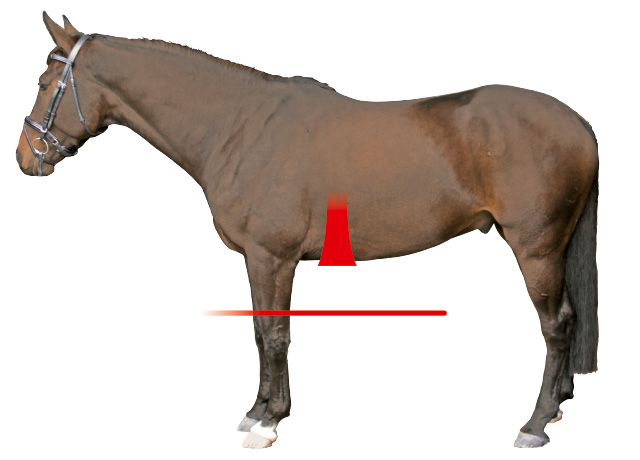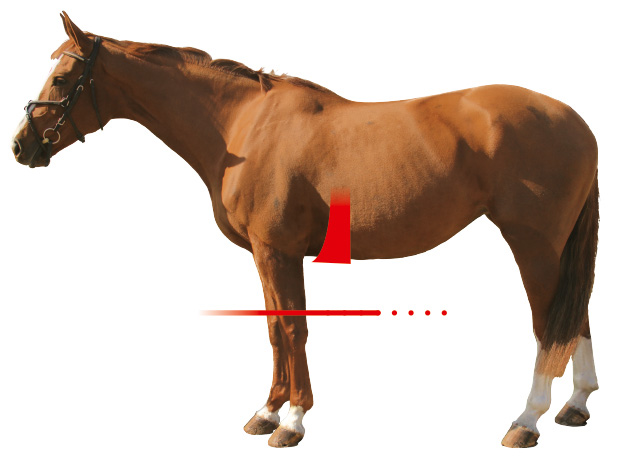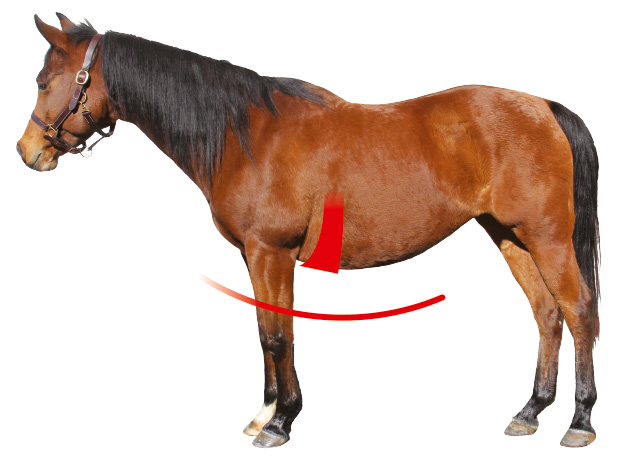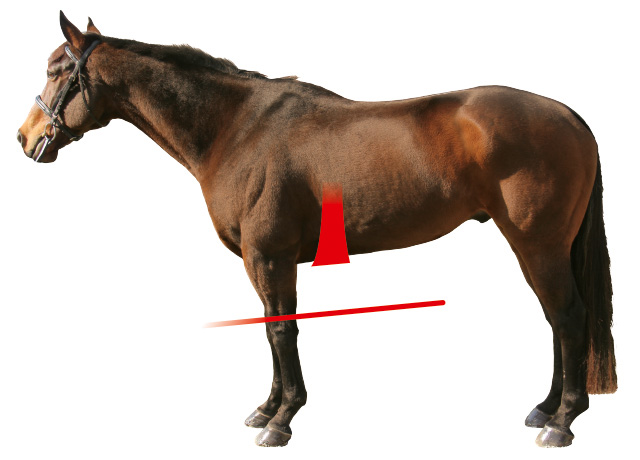We cannot give a detailed answer to this question, but hopefully the information below will give some guidance.
Mattes Girth shapes and how to measure correctly.
Which Mattes girth does my horse need?
To prevent chafing and rubbing, we have developed the special MATTES girth range. Integral inserts and supports ensure even pressure distribution and prevent the girth from rolling inwards or creasing. The contoured shape provides freedom for the elbows to move without compromising on stability. It is also important to consider the anatomy of your horse.
Short and Long Girths
Download instructions (PDF, 850 KB)


Anatomical
For horses with a well-defined girth groove, far enough away from the elbow. The girth is contoured a little at the front and back around the elbow area. (Girth is reversible)


Asymmetric
For horses whose girth groove is closer to the elbows or less well-defined, where the girth tends to sit further forward. The girth is significantly contoured at the front around the elbow area.


Crescent
For “round” horses with a short back and broad ribcage or narrow chest. The special shape of this girth works with the shape of the ribs so that the girth cannot slip forwards.


Athletico
For horses with an athletic, wedge-shaped physique. The design of the girth prevents the saddle and girth from sliding back in almost all cases.
Special Girth
It’s normal to be different
Our special short girth is ideal for very narrow-chested, small or short-backed round horses – the typical shape of Icelandic horses, ponies and smaller Arabian mares. With its slightly curved cutout, it suits this body shape and prevents the girth from slipping forward and impeding elbow movement. The girth has stabilisation loops at both ends and elasticated stainless steel buckles. The girths have not got a wider centrepiece.


Measuring
Always measure girth length on a saddled and girthed horse. Both sides of the girth must be buckled evenly.
Measure from the lower edge of the saddle flap on one side to the same point on the other side, then subtract 30 cm. Always round up to the next length.
Example:
Measurement: 101 cm
Subtract: 30 cm = 71 cm
Girth length: 75 cm
NB:
Ensure that the buckles of the new girth are well away from the elbow to allow free movement!
Our Thanks to Mattes and Thomas Hartig for the professional photos
Edits:
- Edited: 25 March 2024
- Original Post: 19 March 2022

